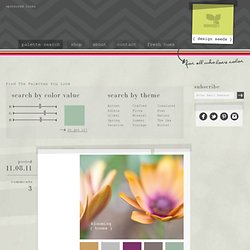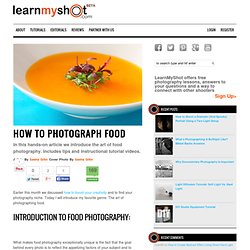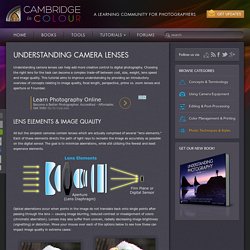

News. I recently started playing with shaders in three.js and I wanted to share some of what I’ve discovered so far.

Shaders are the ‘secret sauce’ of modern graphics programming and understanding them gives you a lot of extra graphical fire-power. For me the big obstacle to learning shaders was the lack of documentation or simple examples, so hopefully this post will be useful to others starting out. This post will focus on using pixel shaders to add post-processing effects to Three.js scenes. This post assumes you already know the basics of using Three.js. What is a Shader? A Shader is a piece of code that runs directly on the GPU. The big conceptual shift when considering shaders is that they run in parallel. There are 2 main types of shaders – vertex shaders and pixel shaders. Vertex Shaders generate or modify 3D geometry by manipulating its vertices.
There are 2 different kinds of pixel shaders - Shaders that draw an image or texture directly. Pixel Shaders in Three.js GLSL Syntax. Palettes colors. #d2d2d6 #967b80 #edaa2d #8a0e4c #f04388 #f7d2eb Find The Palettes You Love blooming tones posted 11.08.11 comments 3 door tones posted 11.03.11 comments 1 agave hues posted 06.30.11 comments 0 color thorn posted 06.15.11 comments 0 color crisp posted 05.31.11 comments 0 morning dew posted 05.17.11 comments 0 spring lily.

How to Photograph Food. How to Photograph Food In this hands-on article we introduce the art of food photography.

Includes tips and instructional tutorial videos. Earlier this month we discussed how to boost your creativity and to find your photography niche. Today I will introduce my favorite genre: The art of photographing food. What makes food photography exceptionally unique is the fact that the goal behind every photo is to reflect the appetizing factors of your subject and to engage your viewer’s taste buds. Photo by Sasha Gitin, Styling by Janine Kalesis. How to create an appetizing image: First let’s look at all the possible variables that we associate with food. Look, Smell and Taste.
Photo by Sasha Gitin, Styling by Janine Kalesis. The Look of food: Visual Appearance of the subject is the variable that can be controlled by the photographer. Preparation / Styling: Food is just like a model. Photo by Sasha Gitin, Styling by Janine Kalesis. Color: Color reproduction is one of the most important factors. Cambridge in Colour - Photography Tutorials & Learning Community. Understanding Camera Lenses. Understanding camera lenses can help add more creative control to digital photography.

Choosing the right lens for the task can become a complex trade-off between cost, size, weight, lens speed and image quality. This tutorial aims to improve understanding by providing an introductory overview of concepts relating to image quality, focal length, perspective, prime vs. zoom lenses and aperture or f-number. All but the simplest cameras contain lenses which are actually comprised of several "lens elements. " Each of these elements directs the path of light rays to recreate the image as accurately as possible on the digital sensor. The goal is to minimize aberrations, while still utilizing the fewest and least expensive elements. Optical aberrations occur when points in the image do not translate back onto single points after passing through the lens — causing image blurring, reduced contrast or misalignment of colors (chromatic aberration).
Original Image. Introduction - Cleaning Digital Cameras - D-SLR Sensor Cleaning. Free High Resolution Textures - gallery. Photo Tips, Photos, Galleries, Videos, Photography.